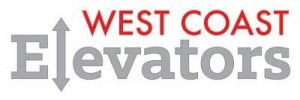Installing a home lift comes with a number of benefits, not least of which is the enhanced accessibility it provides for the elderly and mobility-impaired, allowing them to remain in their homes longer. Moreover, a home lift can prove to be a wise investment, contributing to the overall value of the property. As we look towards 2025, you might be curious about the average cost of this valuable addition. Here, we delve into the nuances of lift installation costs in Australia, offering insights into what to expect and the factors influencing pricing.
Understanding Current Costs

In 2025, the typical cost to install a home lift will range from between $40,000 and $55,000. This range can vary based on multiple factors, including the type of lift system selected, the number of stops, and added features. While this might initially seem steep, consider the long-term benefits and value addition to your residence.
Hydraulic vs. Traction Lifts
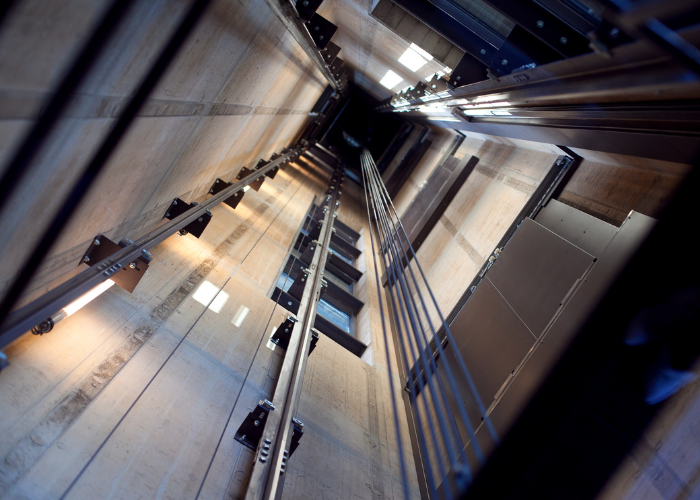
Two primary types of lift mechanisms dominate the residential market: hydraulic and traction lifts. Each has its own set of advantages. Generally, hydraulic lifts are seen as more budget-friendly, though both types offer reliability and ease of use. The choice between the two often comes down to your specific needs and budget.
Exploring Lift Types and Design
Choosing the right lift for your home involves understanding your options in design and function:
Classic Lift
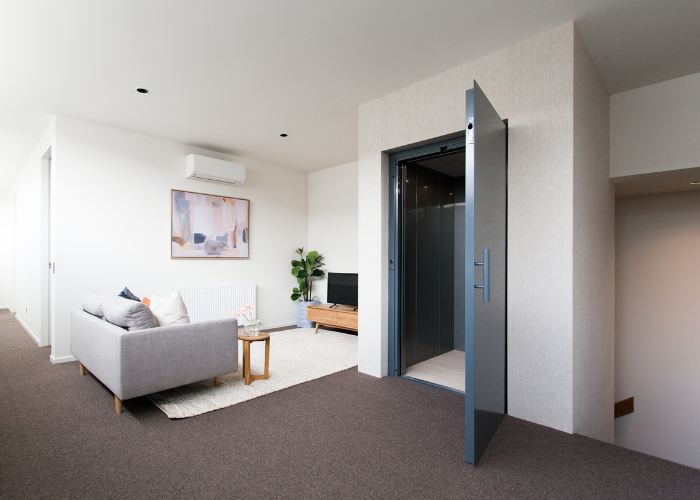
Known for being budget-conscious, Classic Lifts are compact yet offer a modern and sleek design, suitable for those seeking functionality without extravagance.
Sovereign Lift
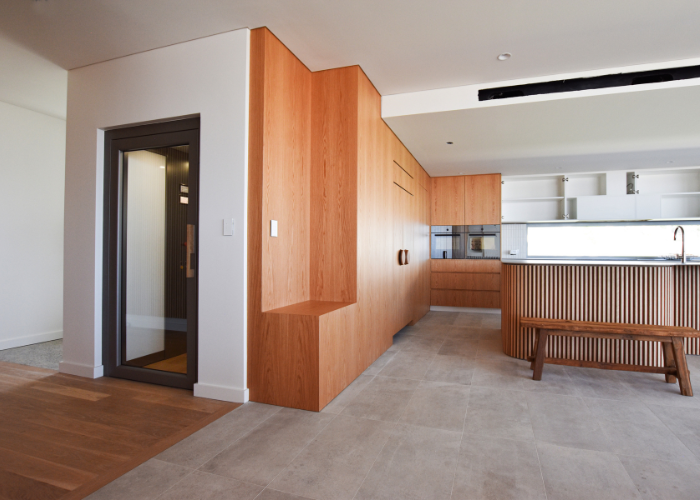
For homeowners who desire a personal touch, the Sovereign Lift offers bespoke design finishes and a wide array of customisation options, allowing for a lift that truly fits your home’s aesthetics.
Royal Lift
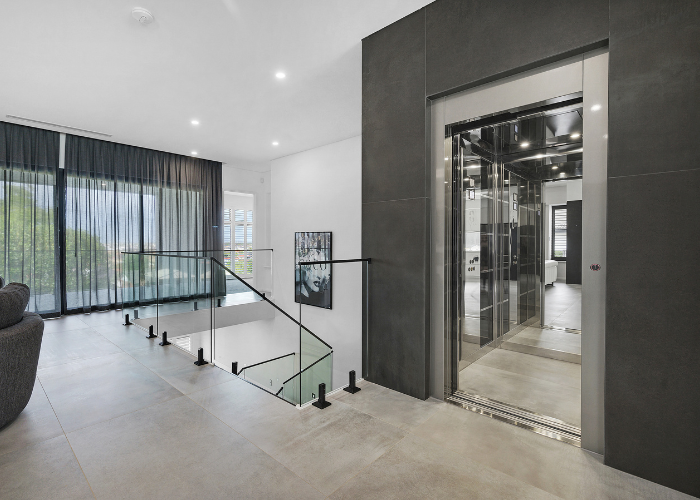
If you prioritise smoothness, silence, and reliability, the Royal Lift stands out as the pinnacle of home lifts, providing an impeccably quiet and comfortable ride.
Jewel Lift
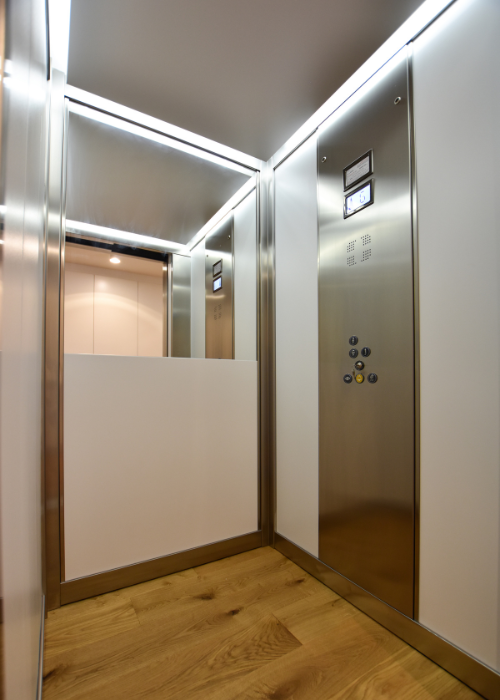
With the power and engineering akin to a commercial lift, the Jewel Lift showcases superior design, synonymous with luxury and performance.
Additional Cost Factors
Several factors can lead to modifications in the overall cost of installation.
Structural Modifications

Retrofitting a lift can entail structural changes if a shaft isn’t included in the home’s original design. These modifications can understandably lead to additional costs.
Number of Stops
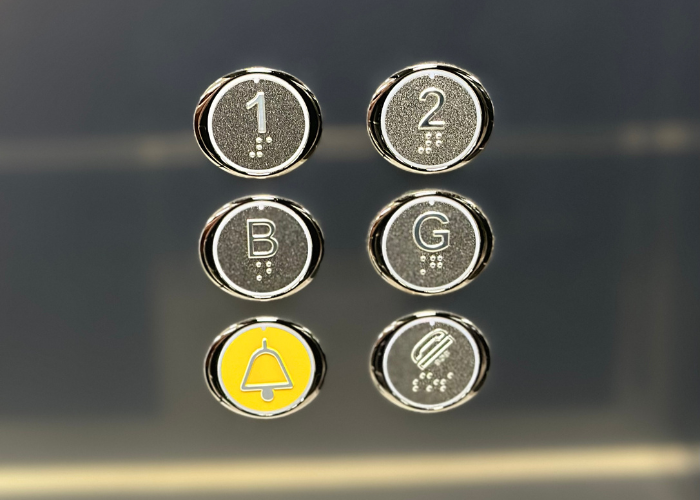
The greater the number of floors or stops the lift services, the higher the cost. This is due to the increased complexity and additional materials required, as well as the additional labour costs involved.
Materials and Features
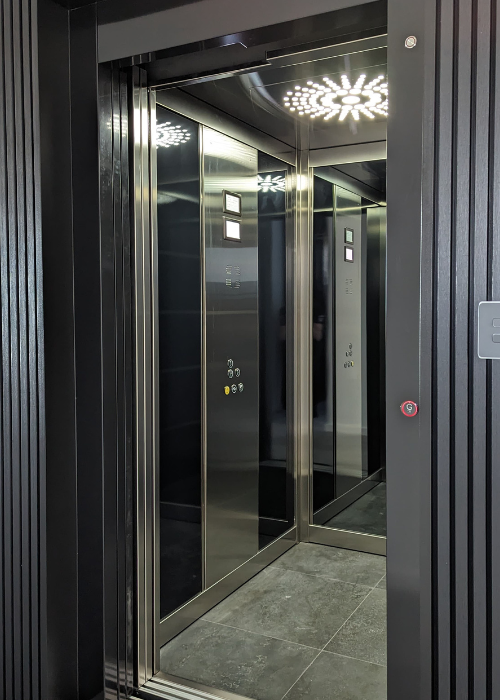
The choice of materials for the lift cabin—such as the walls, flooring, and ceiling—can also impact the price. While basic lighting is standard, opting for designer LED lighting or custom finishes will add to the cost.
Additional features like iNVER iQ for remote lift monitoring and Lock Elevator Operation (LEO) for child safety, both exclusive to West Coast Elevators, are invaluable investments offering peace of mind.
Installation in New Homes

Incorporating a lift during new home construction is generally cheaper, as it can be factored into the building plans, circumventing the need for retrofitting.
Why a Home Lift is Worth the Investment
While the initial investment may seem substantial, a home lift enhances accessibility and can significantly increase property value. For Western Australians, it aligns with the growing trend of ageing in place, enabling homeowners to adapt their environments beautifully and effectively.
At West Coast Elevators, we are proud to offer Italian craftsmanship that ensures safety, quality, and reliability—all elements critical for making your home lift investment worthwhile. Our team is dedicated to guiding you through each step of the process, addressing your unique requirements efficiently. Contact us today to explore how we can assist you in elevating your home experience.
Related posts:

